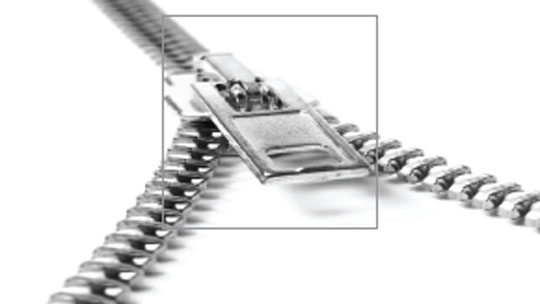3 min read • Technology & innovation management
Arthur D. Little: Avoiding post-merger innovation-lag
<p>New report urges businesses to consider R&D integration in the earliest stages of M&A activity</p>
With the financial downturn fuelling a predicted increase in merger and acquisition (M&A) activity in 2010, a new study by management consultancy Arthur D. Little warns that without strategic forward planning, R&D functions will suffer; risking delayed time-to-market for new products, and demotivated or inefficient innovation teams.
According to the report "Post-merger integration of R&D," executives identify R&D synergies as a main motivation for M&A, but dedicate relatively little PMI resource to ensuring successful integration. The report outlines four key levers for extracting maximum value from post-merger R&D, and also warns against common pitfalls to expect when integrating the often disparate R&D functions of recently merged businesses.
"The executives we spoke to cited R&D synergies and the resulting product portfolio improvements as a key M&A driver," said Per I. Nilsson, Global Head of the Technology and Innovation Management Practice at Arthur D. Little. "However, post-merge we find that these same executives dedicate low- to medium effort to integrating R&D. Executives need help bridging this divide between what they want from their M&A activities, and what, in reality, they will be able to achieve."
Based on interviews with executives currently undertaking PMI activities, Arthur D. Little has identified three key challenges businesses must address in order to unlock the potential value of post-merger R&D:
- Time - without careful forward-planning R&D synergies can take up to a decade to establish;
- Risk - merging R&D exposes the function to operational risks, including staff demotivation, delayed time to market, and quality control problems;
- Hard-to-achieve synergies - increased output, shorter development cycles, and lower product costs are notoriously difficult to realize.
Arthur D. Little’s research suggests that fully integrating R&D teams is in principle the most effective post-merger strategy. To achieve this, businesses can begin to plan for the following key synergy levers before the merger has even gone through:
- Developing a common product strategy;
- Adopting a common technology strategy;
- Establishing shared R&D IT systems, methods, and tools;
- Overcoming differences in culture and values.
Post-merger integration of R&D is now available for download at
www.adl.com/pmi-rd
3 min read • Technology & innovation management
Arthur D. Little: Avoiding post-merger innovation-lag
<p>New report urges businesses to consider R&D integration in the earliest stages of M&A activity</p>
With the financial downturn fuelling a predicted increase in merger and acquisition (M&A) activity in 2010, a new study by management consultancy Arthur D. Little warns that without strategic forward planning, R&D functions will suffer; risking delayed time-to-market for new products, and demotivated or inefficient innovation teams.
According to the report "Post-merger integration of R&D," executives identify R&D synergies as a main motivation for M&A, but dedicate relatively little PMI resource to ensuring successful integration. The report outlines four key levers for extracting maximum value from post-merger R&D, and also warns against common pitfalls to expect when integrating the often disparate R&D functions of recently merged businesses.
"The executives we spoke to cited R&D synergies and the resulting product portfolio improvements as a key M&A driver," said Per I. Nilsson, Global Head of the Technology and Innovation Management Practice at Arthur D. Little. "However, post-merge we find that these same executives dedicate low- to medium effort to integrating R&D. Executives need help bridging this divide between what they want from their M&A activities, and what, in reality, they will be able to achieve."
Based on interviews with executives currently undertaking PMI activities, Arthur D. Little has identified three key challenges businesses must address in order to unlock the potential value of post-merger R&D:
- Time - without careful forward-planning R&D synergies can take up to a decade to establish;
- Risk - merging R&D exposes the function to operational risks, including staff demotivation, delayed time to market, and quality control problems;
- Hard-to-achieve synergies - increased output, shorter development cycles, and lower product costs are notoriously difficult to realize.
Arthur D. Little’s research suggests that fully integrating R&D teams is in principle the most effective post-merger strategy. To achieve this, businesses can begin to plan for the following key synergy levers before the merger has even gone through:
- Developing a common product strategy;
- Adopting a common technology strategy;
- Establishing shared R&D IT systems, methods, and tools;
- Overcoming differences in culture and values.
Post-merger integration of R&D is now available for download at
www.adl.com/pmi-rd


